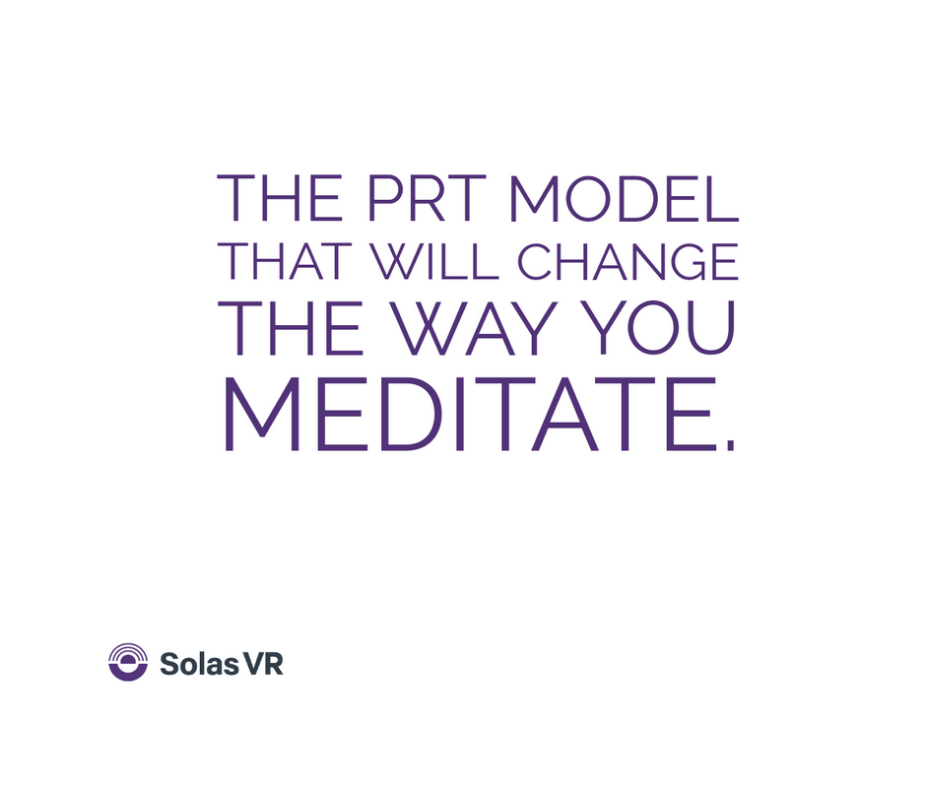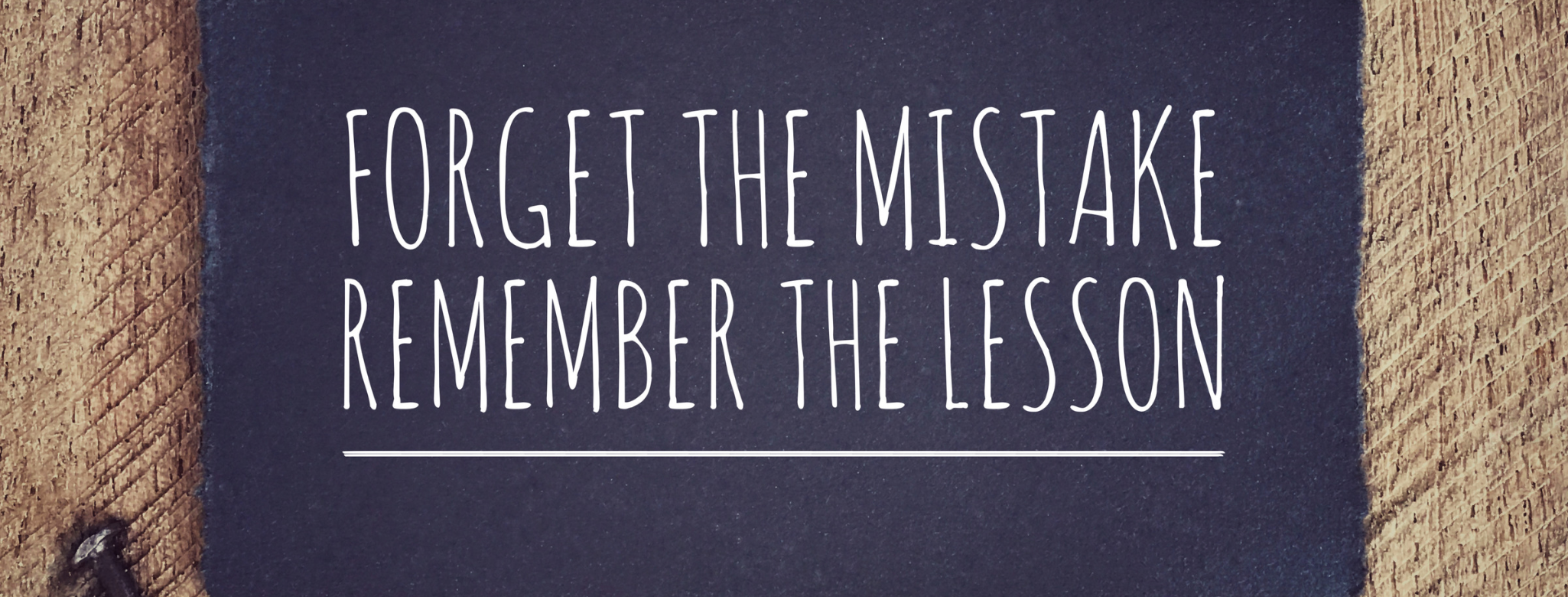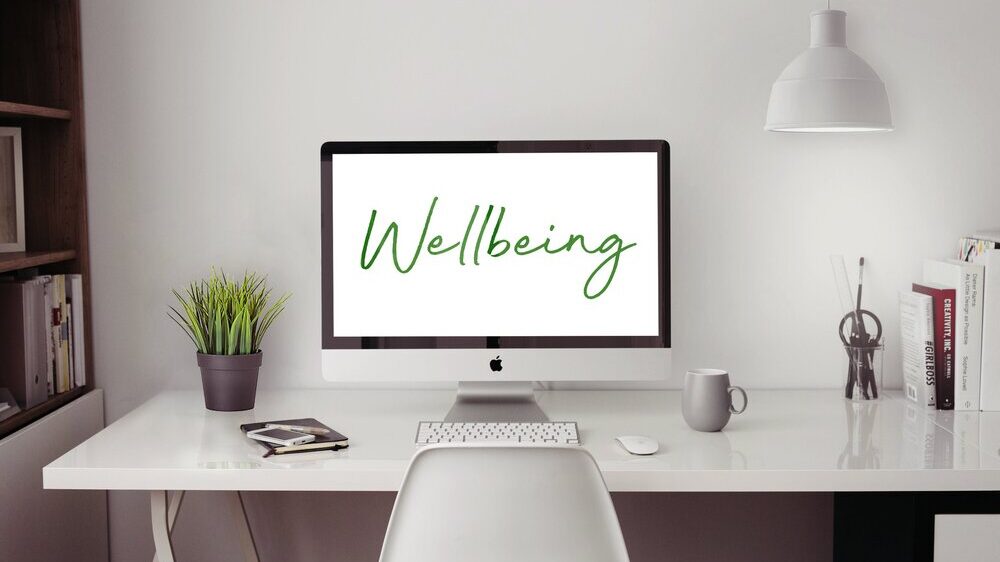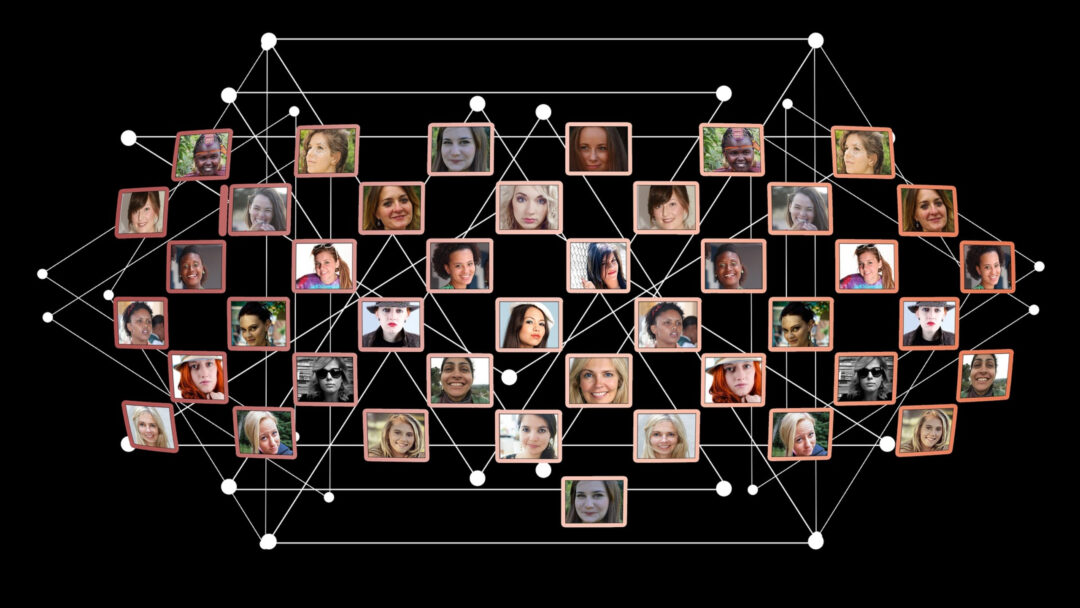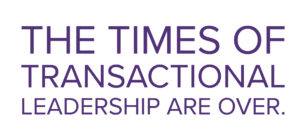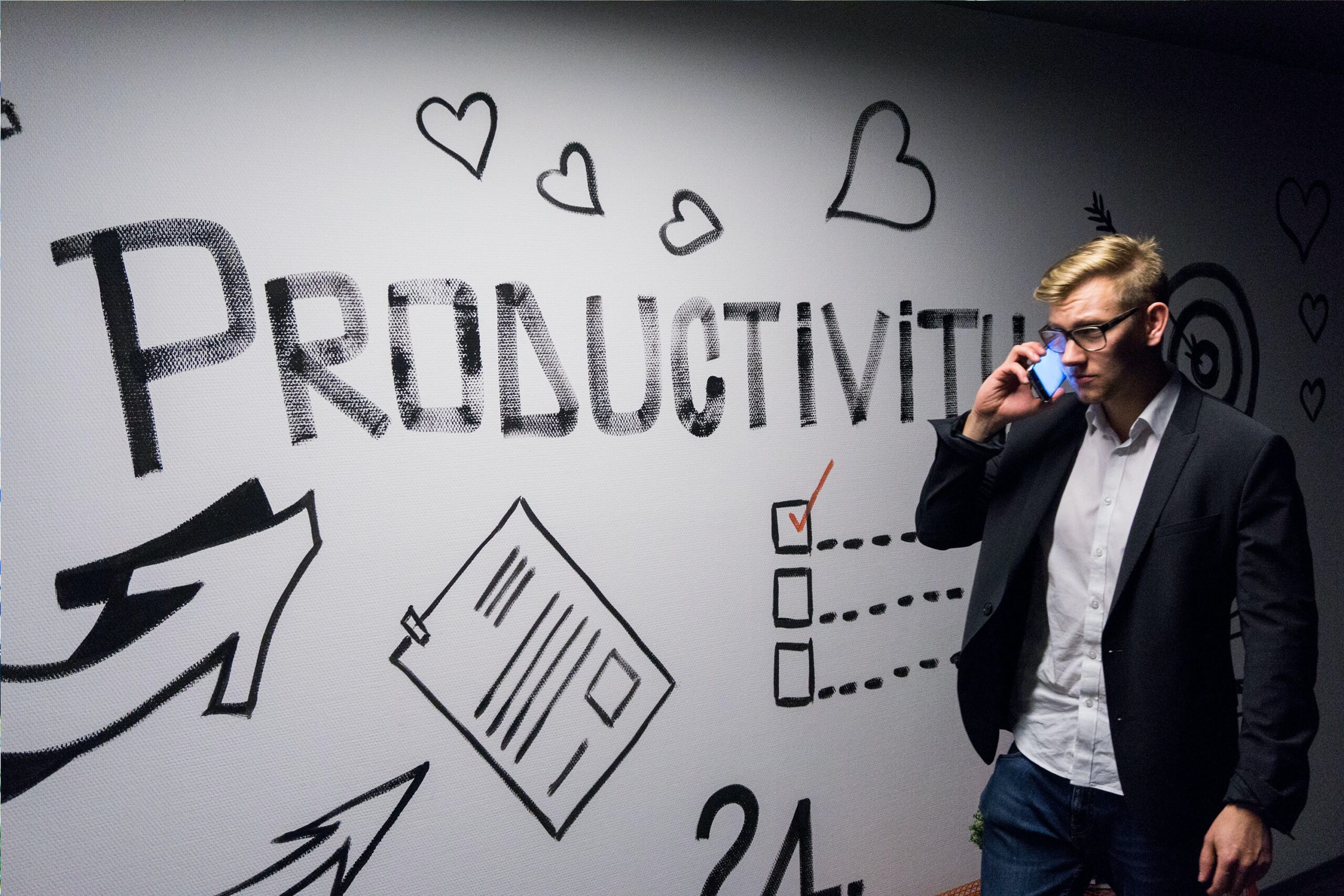
Mindfulness is the state of being present in the moment, without judging or overthinking. It allows one to pause amid the constant inflow of stimuli and consciously decide how to act, rather than react reflexively with ingrained behavior patterns. Mindfulness, therefore, is perfectly suited to counterbalance the digital-age challenges of information overload and constant distraction.
Especially in times of uncertainty, mindfulness is a key skill for managers and team leaders, as it is the only way to manage stress reactions and illogical behaviours while under stress. The digital transformation and the pandemic have both challenged mental wellbeing. The fear of the unknown is more intense than ever and the need to reinvent ourselves and to re-establish our routines can be overwhelming. This new reality is taking over rapidly and managers are already looking for new ways to keep their teams motivated and effective- including Virtual Reality mindfulness.
According to a 2018 article published by Boston Consulting Group: “Mindfulness programs help leaders and employees reflect effectively, focus sharply on the task at hand, master peak levels of stress, and recharge quickly. On an organizational level, mindfulness reduces sick days, increases trust in leadership, and boosts employee engagement. What’s more, mindfulness helps to unlock the full potential of digital and agile transformations. New processes and structures are just the starting points for these transformations.” In other words, corporations adopt wellness and mindfulness initiatives as the optimal way to secure clarity in decision making, calmness in communications and employee satisfaction.
According to Daniel Goleman, there are 3 key benefits to team performance; not only are creativity and better decision making boosted but also a new approach to employee personal development is introduced.
In their recent book, Altered Traits, Daniel Goleman, a Harvard psychologist, and Richard Davidson, a neuroscientist at the University of Wisconsin-Madison, provide a scientific view of personal mindfulness benefits. They synthesize three proven benefits of mindfulness that, in combination, allow people to act more effectively in unpredictable environments:
Staying Calm and Open-Minded. Mindfulness practices, such as breathing meditation, are associated with decreased gray-matter density in the amygdala, the region of the brain that initiates a response to stress. This reduces the inclination to interpret an uncertain environment as a threat and thus react defensively. In this way, mindfulness improves mental agility, allowing attitudes to shift from “But we have always done it like that” to “Let’s see what happens if we try a new approach.”
Cognitive Ability. Mindfulness improves short-term memory and the ability to perform complex cognitive tasks. It also frees people to think outside the box, which helps them cut through complexity. In the context of workplace performance, proven results include a higher quality of strategic decision making and more effective collaboration.
Focus and Clarity of Thinking. As Nobel laureate Herbert A. Simon observed, “a wealth of information creates a poverty of attention.” This insight, first articulated in 1971, is more accurate today than ever before. Maintaining a strong focus in this time of digital information overload is essential. The regular practice of mindfulness routines can reduce mental wandering and distraction. Mindfulness strengthens the awareness of both one’s activities in the present moment and one’s mental processes and behaviors (known as meta-awareness).
Download our free e-book on corporate mindfulness and allow your team to be more.



